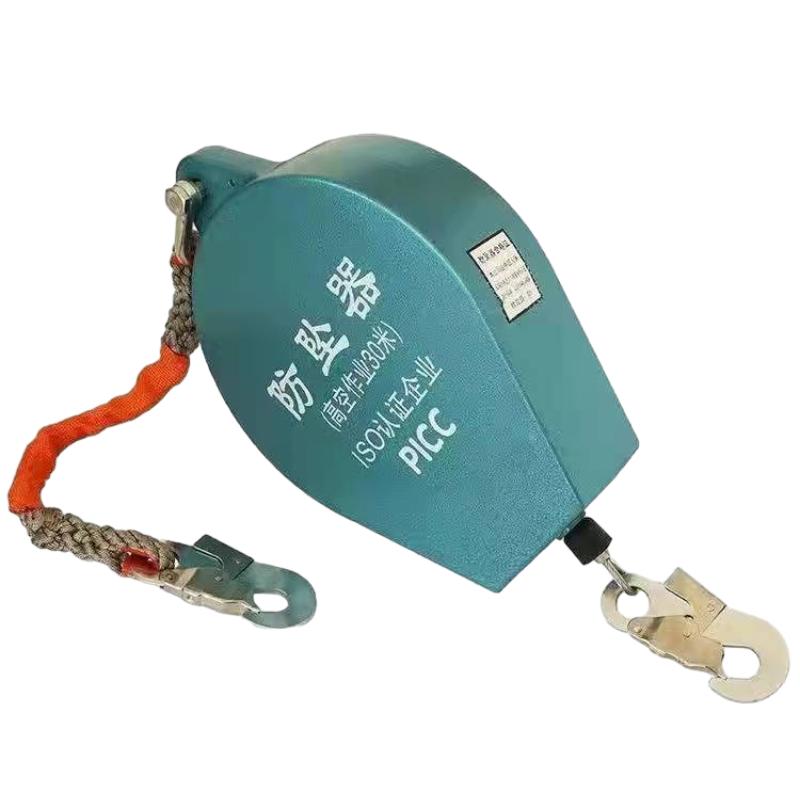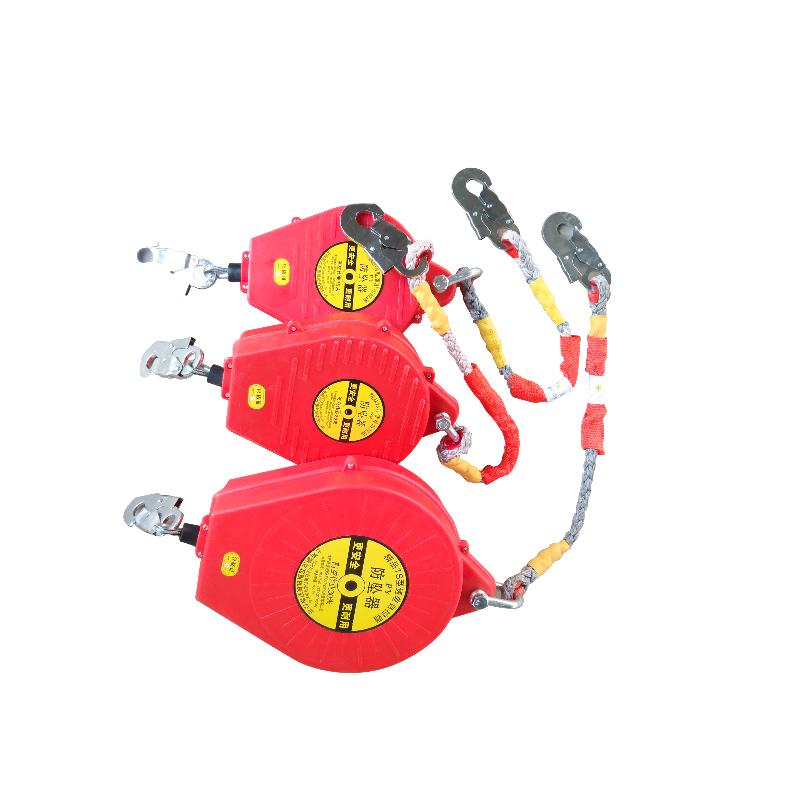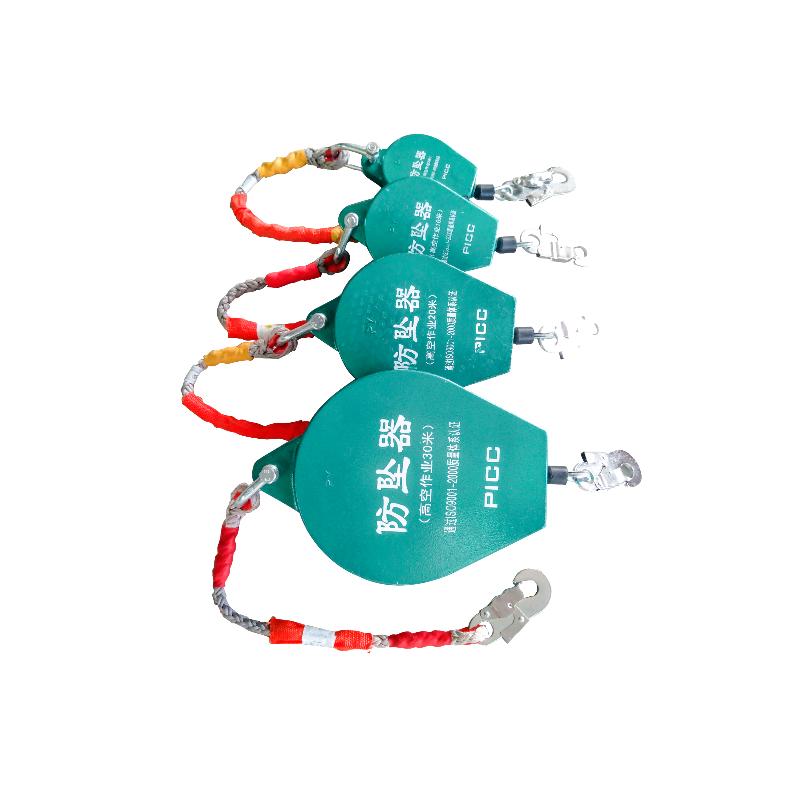


I’ve watched more than a few lifts and rigging crews switch to the anti fall arrester over the past year—and, to be honest, the change wasn’t only about compliance. It was about predictability. This device (also known as a self-locking lifeline or SRL for objects) senses a sudden increase in line speed and locks the cable in a short distance, keeping loads—tools, jigs, small assemblies—where they belong. Originating from Donglv Industrial Zone, Donglu Township, Qingyuan District, Baoding City, Hebei Province, the unit I’ve been seeing most can handle ≈150–300 kg. That’s a serious safety buffer when you’re working over production lines or public walkways.

Two things: stricter enforcement (EN and ANSI audits are no joke) and real-world productivity. Crews report fewer stop-work moments because the anti fall arrester will catch a slip without turning the lift plan upside down. In manufacturing, telecom towers, and shipyards, that’s gold.
| Parameter | Typical Value (≈) | Notes |
|---|---|---|
| Load capacity | 150–300 kg | Real-world use may vary; verify lift plan |
| Cable | Galvanized steel, Ø4–6 mm | Option: stainless for corrosion-prone sites |
| Housing | Alloy steel or Al-Mg shell | Impact-resistant body |
| Braking distance | ≤0.5 m (typ.) | Trigger response ≈0.2 s |
| Service life | 5–10 years | Assumes periodic inspection and proper storage |
| Standards | EN 360, ANSI/ASSP Z359.14, GB/T 24538 | Model-dependent; check certs |

Materials: high-carbon galvanized steel cable; tempered pawl/ratchet clutch; sealed spring recoil; alloy housing. Methods: heat treatment, shot peening on critical teeth, salt-spray finishing on fasteners. Tests: dynamic drop with 1× and 2× rated mass; brake engagement time ≤0.2 s; max arrest force kept low to protect anchor points; 48–96 h salt-spray for corrosion. Certification packages usually include traceability, batch test logs, and ISO 9001 QA.
Many customers say the anti fall arrester “just works”—less drama during lifts, fewer near-miss reports.
| Vendor | Origin | Standard/Cert | Lead Time | Customization |
|---|---|---|---|---|
| QY Juli (Baoding) | Hebei, China | EN 360 / GB/T 24538; ISO 9001 | ≈2–4 weeks | Cable length, hooks, housing |
| Generic Importer A | Mixed | Claims EN 360 (verify) | Stock-dependent | Limited options |
| DIY Assemblies | N/A | No formal cert | Fast | High risk; not recommended |
Options typically include stainless cable, swivel snap hooks with double-lock gates, extended line lengths, and shock-indicator tags. Service plans: annual inspection, brake test reports, parts replacement. I guess the small upgrade to stainless is worth it in coastal yards.

Look for EN 360 labeling, ANSI/ASSP Z359.14 declarations where applicable, GB/T 24538 test data, and ISO 9001 certificates. Keep a log of inspections; retire units showing deformation, recoil issues, or after major arrest events.
References:
1) EN 360:2002 Personal protective equipment against falls from a height
2) ANSI/ASSP Z359.14-2021 Self-Retracting Devices for Personal Fall Arrest
3) GB/T 24538-2009 Self-retracting lifeline (China)
4) OSHA 1926 Subpart M; 1910 Subpart D
5) ISO 9001:2015 Quality management systems



